Doctor Who is one of TV’s longest-running and most beloved sci-fi shows, and with good reason, too. Through the years, it has given us many heart-rending, awe-inspiring, gritty, and glorious arcs and episodes. There have been moments that left us gasping, crying, giggling, and ever hungry for more. Naturally, the show has had its ups and downs. One may go so far as to say that the series has given us one good episode for every 20 average or unabashedly bad ones. But that one good episode is always a joy and honor to witness, making the hours spent watching the painfully mediocre episodes seem pretty worth it.
Videos by ComicBook.com
Most proud Whovians know which arcs we are talking about here, but these are episodes that non-Who fans with a love for science fiction absolutely need to watch. Here are the ten episodes of “NuWho” that no sci-fi fan worth their salt can afford to miss.
1) “Silence in the Library” & “Forest of the Dead”
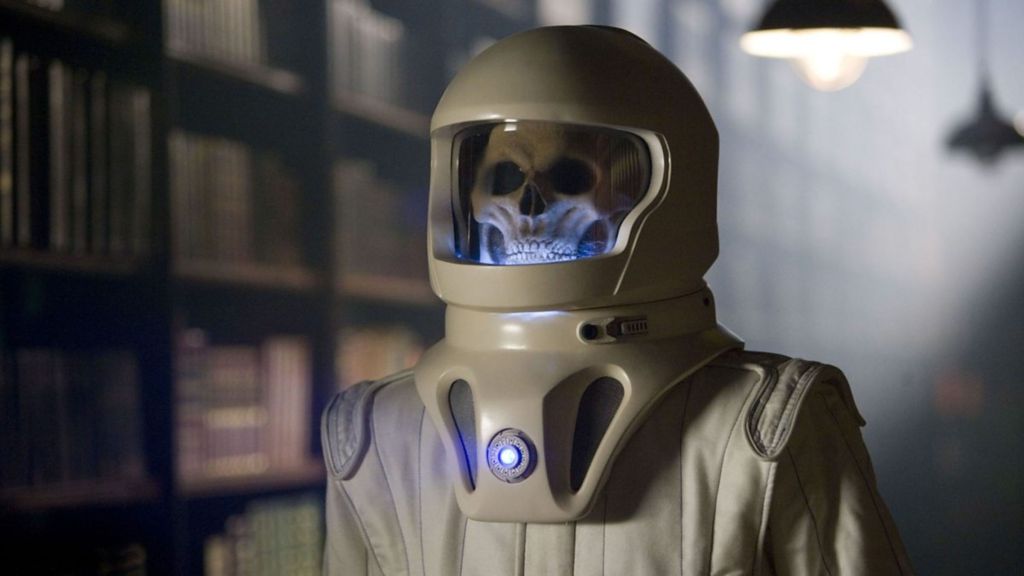
This arc technically spans two episode and is best known for introducing us to the tale of River Song, who we will later come to know as the Doctor’s wife. Their story is more fully explored later, but even without the mystery surrounding the Doctor’s romance, the main storyline just works. It is goosebump-inducing and showcases the Doctor at his best.
The episodes follow the 10th Doctor (David Tennant) and his companion, Donna (Catherine Tate), as they visit a library that spans an entire planet. They discover that the planet is devoid of life and that something rather sinister lurks in the shadows. The episodes cleverly use darkness, silence, and echoes to intensify the eeriness that pervades the library. Aside from the revelation regarding the planet’s original inhabitants, what I especially loved about this episode is the reminder that the Doctor does not need a weapon. His mere presence is enough to strike fear in the hearts of the creatures that plot and lie in the heart of darkness.
2) “Vincent and the Doctor”
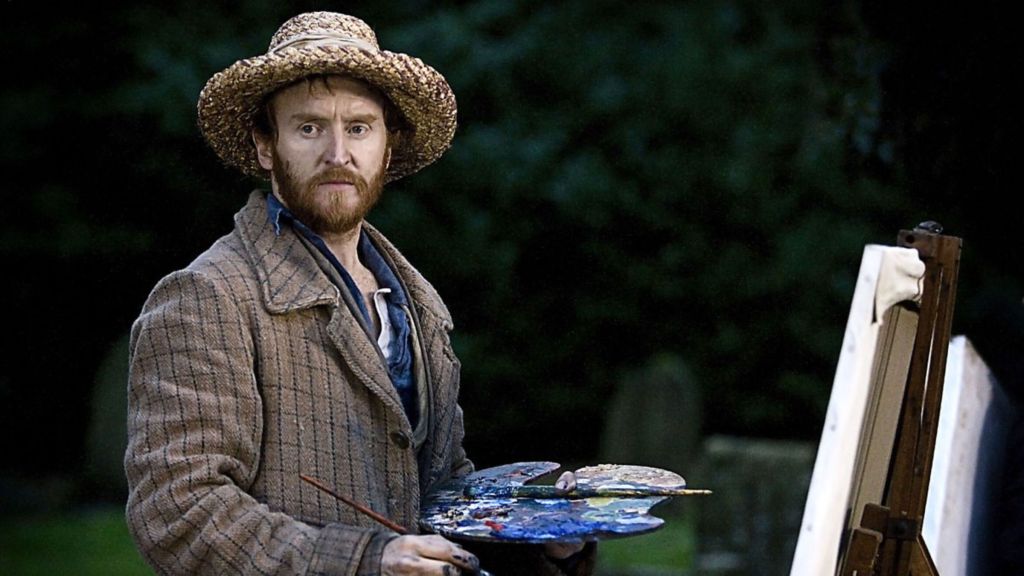
In this episode, the Doctor takes us on an adventure to meet an artist who is nothing short of a legend now, but was criminally undervalued in his time. We meet Vincent Van Gogh as a tortured artist as he battles his many demons and insecurities. The result is a tear-jerker, a heart-render of a tale that may leave you reaching for the tissues more than once. The episode has a lot of hype from Who fans, but it deserves all the adoration that people pile upon it, especially when you are in the mood for a good cry.
3) “Heaven Sent”

Doctor Who has forever been known for its experimentation with genres, and “Heaven Sent” is a prime example of it. The episode is designed much like a one-person show — with Peter Capaldi taking center stage and focus throughout. The monologues he delivers are nothing short of Shakespearean in their elegance and drama. The feeling of an existential crisis pervades throughout every scene as the 12th Doctor, trapped in a gothic-style castle by the Time Lords, tries to evade capture by a phantom-like figure referred to as The Veil. The castle is littered with odd relics left behind by old inhabitants of the castle, and they serve as hints as he tries to break through a wall of Azbantium — a material much harder than stone — by slowly, painstakingly chipping away at it with his fingernails. This episode has everything, drama, dread, and endless despair. It is hands down one of the top five episodes of NuWho ever.
4) “Day of the Doctor”
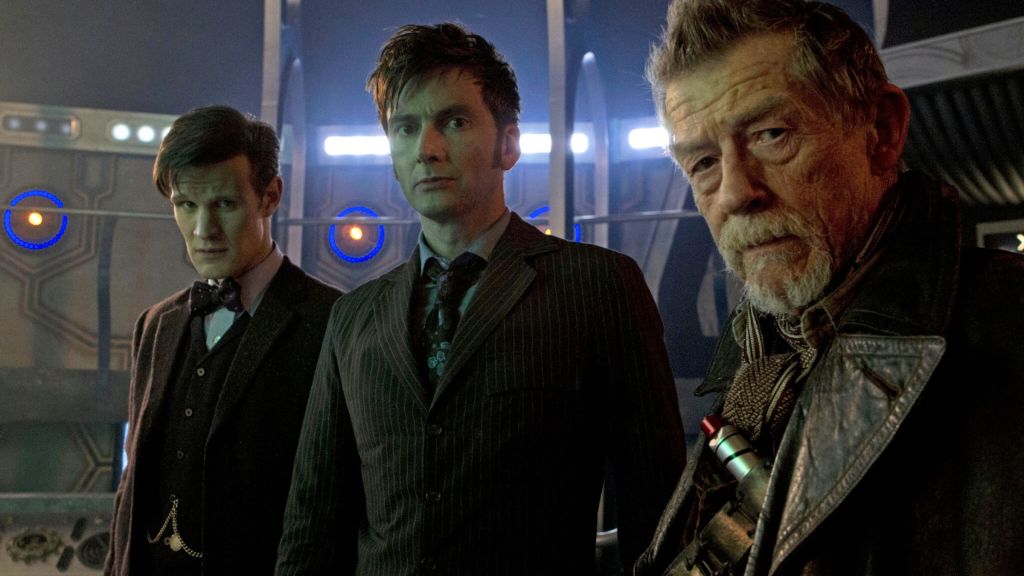
The 50th anniversary special episode is appropriately titled “The Day of the Doctor.” This love letter of a story is about the Doctor in all his grandeur, goofiness, and genius. In this special, we witness the meeting of three beloved Doctors — Ten, Eleven (Matt Smith), and the War Doctor (John Hurt) — as they take on the Zygons and team up to save the day once again. The story itself is average, but that’s overcome by the Doctors themselves who are sensational. Perhaps the most iconic moment is when our screens lit up with footage of the Doctor through the years and eras, as they team up to do what they always do best, save the world and look awesome while at it.
5) “Human Nature” & “Family of Blood”

The “Human Nature” and “Family of Blood” story arc is one of the more criminally underrated in NuWho. It marked the beginning of the slow heartbreak that characterized Ten’s run as the Lonely God. The plot takes us on a journey through England in 1913, with the Doctor having taken on the identity of John Smith, a lovable English teacher, to escape the Family of Blood. The Doctor, to keep his immortality from getting into the hands of the monsters, locks his memories and life force away in a timepiece. However, when the Family still tracks him down and upends the simple, very human life he had created for himself, he is forced to pick up the mantle again. The arc is creepy, well-written, and treats its characters and monsters with finesse. But perhaps what it does best is remind us just how powerful the Doctor is and how lucky the universe is that he chose a path of healing, of mercy, and not one of vengeance.
6) “Listen”

Nominated for the Bram Stoker award, which is usually reserved for the cream of the crop supernatural tales, “Listen” boasts a subtle terror that slowly creeps up your spine, leaving you checking behind every door, doubting every odd shadow. Doctor Who is usually known for its more emotional arcs, but it does horror just as well. This episode reminds us that you don’t need ghastly monsters or gore galore to tell a horror story well. The human mind is obsessed with the things in the dark, the ones that dance on the edges of our vision, made ever more terrifying by our own imagination.
“Listen” tells the story of such creatures, the ones we know to fear when darkness sets in, ones we do not understand but neve see. The episode’s ending comes as a surprise as well as there are no monsters to fight this time, everything is explained with logic. But, logical resolutions or not, the feeling of unease stays with us long after the episode ends, making one see shapes and shadows and wonder what exactly lies within the heart of darkness.
7) “The Girl in the Fireplace”

“The Girl in the Fireplace” is primarily set in France in the 18th century. It follows the adventures of the Doctor as he comes across a spaceship in the 51st century, one whose crew had been literally taken apart and used as parts to fix the damaged ship. And, as if things were not already macabre enough, he discovers that the androids that were “fixing” the vessel had also set up time portals monitoring the life of Madame de Pompadour (Sophia Myles). To them, the mistress of King Louis XV was the missing puzzle piece that could restore the ship.
Most of the episode is told as a fun little adventure, with the Doctor at his goofiest, flirting, dunking wine on androids, and teaming up with Arthur, the horse. Still, I find the ending quite solemn. As I watched the Doctor miss his chance at finding love again, dismay set in. The Doctor, after all, is a Lonely God, and his story is one of missed chances and heartbreak.
8) “Blink”
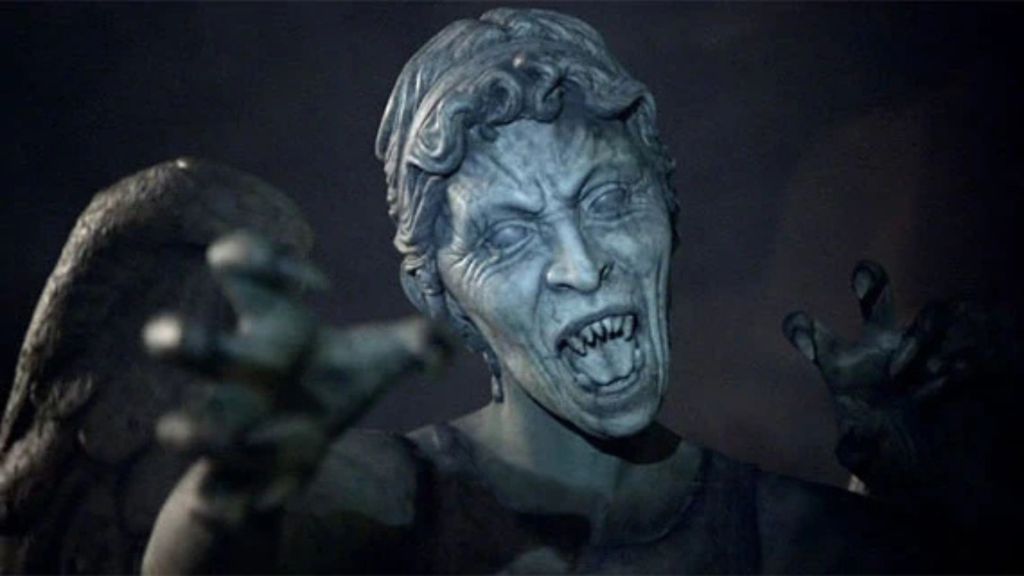
A near-universal favorite, “Blink” introduced us to a nightmare creature, the Weeping Angels. Another excellent example of the show’s experimentation with horror, this episode builds up the scare factor rather smartly. Interestingly, the Doctor’s involvement in this episode is minimal since he is stuck in a different era after the Weeping Angels whisk him away. He resorts to communicating with the characters in present-day London through pre-recorded videos.
As a horror episode, “Blink” lacks the subtlety of “Listen,” resorting to jump scares and creepy, gritty settings to up the ante. Perhaps this lack of subtlety is what makes the experience even more unforgettable. After all, once you have witnessed the blank, stony faces of the Angels creep up to their victims every time they blink, you will find yourself doomed to a life of looking over your shoulder and distrusting every angel statue you meet on your way.
9) “Dalek”

The Doctor is mainly known for his characteristic goofiness, kindness, and mercy in the face of sheer evil. So, when this episode showed the Doctor fly into a rage on meeting a Dalek, his archnemesis, for the first time in the revival series, many of us were at least a little surprised. We love this episode for a lot of things, but primarily for showing the power of empathy. When the Doctor forgets to be merciful, it is his enemy who shows empathy. While it did lead it to self-destruct, some of the dialogue the lone Dalek’s newfound empathy inspired were moving, to say the least. I also think this episode did a brilliant job at showcasing the Doctor’s vengeful side, one that could and perhaps even would choose to destroy one monster to save the lives of many.
10) “The Empty Child”
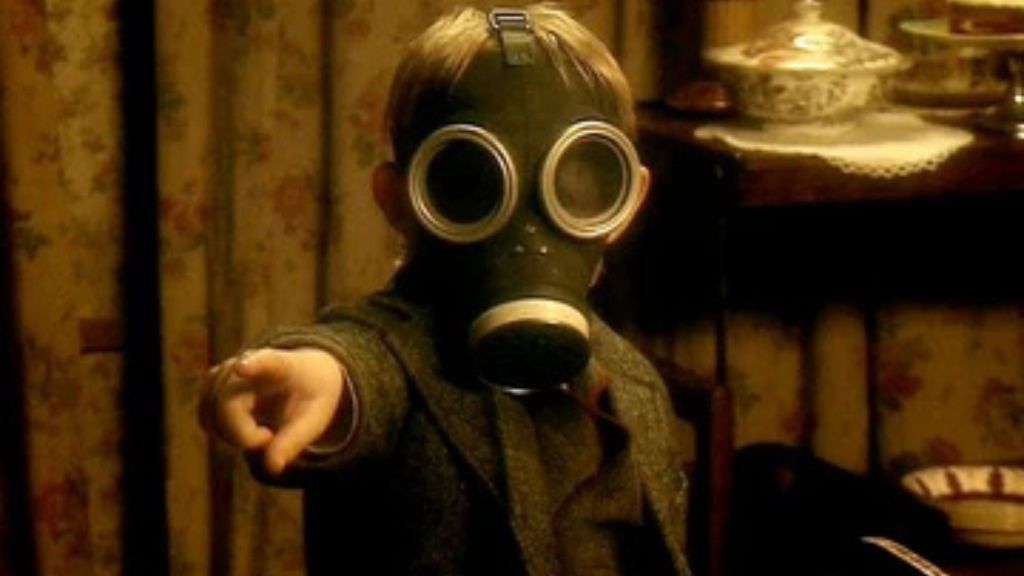
Id there is one episode of Doctor Who that kept me up every night for several weeks, it would be this one. Ghosts and monsters we do not understand and who dance on the edges of our imagination may be scary, but stories that make use of humans, altered or not, are my personal nightmare.
As much of a mystery episode as it is a creepy one, “The Empty Child” tells the story of a mysterious object that crashes to Earth. It accidentally starts a “plague” after alien nanogenes try to fix a child’s head injury by fusing a gas mask to his head. Their “treatment” also gives the child odd powers that allow him to turn others into an empty person like him, gas mask and all. “Are you my mummy?” the child asks over and over again, and his “zombie” army eerily echoes the same godforsaken words over and over again. The horror and heartbreak aside, this episode also introduces us to the flamboyant, ever flirty Captain Jack Harkness (John Barrowman), who went on to become one of the Doctor’s most beloved companions in the revival series.









